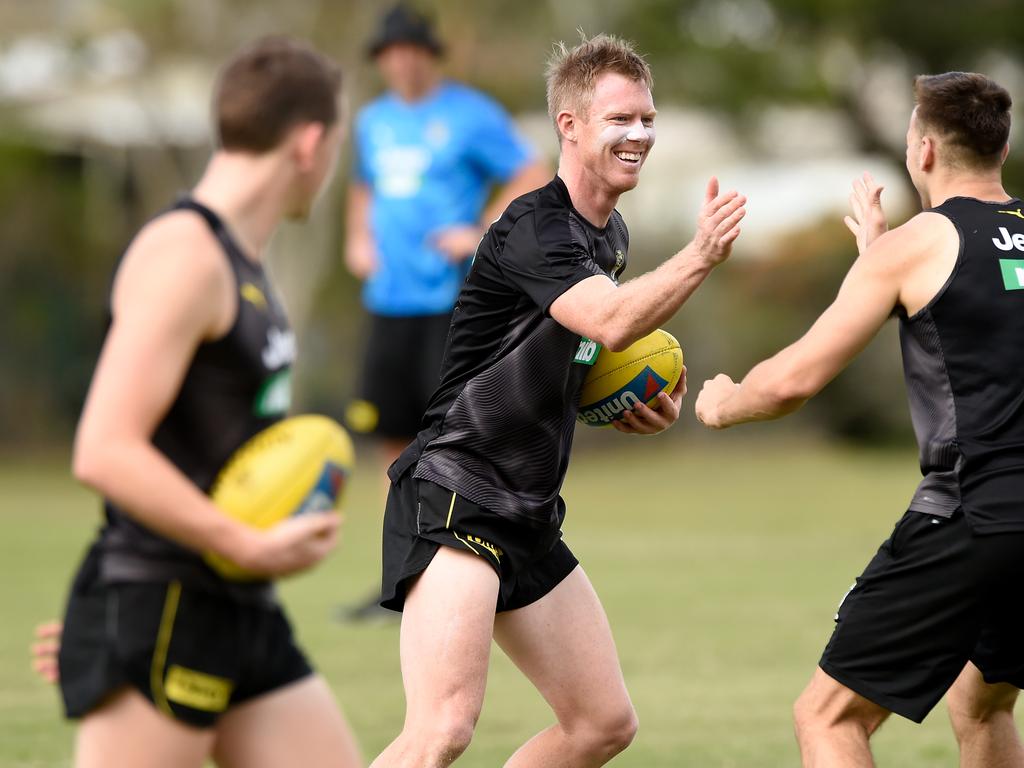Drought, not isolation, the issue in Dirranbandi
Even the hardy mulga scrub on Malcolm and Jaye Hill’s property in southwestern Queensland could not withstand the drought that ravaged it for four years.

Even the hardy mulga scrub on Malcolm and Jaye Hill’s property in southwestern Queensland could not withstand the drought that ravaged it for four years.
Large swathes of the trees fell victim to the lack of rainfall in the parched district around Dirranbandi on the Queensland-NSW border, 600km west of Brisbane.
And even though COVID-19 dominates public consciousness and debate in the cities, the lingering effect of the drought is still the foremost concern for the two-thirds of Queensland that is still drought-declared.
This is what isolation really looks like, but it’s all a matter of relativity for the young Hill family. After some decent rainfall in January and spots of winter rain since, they are seeing the positives; they have been able to restock some of their dorper sheep flock and earn “opportunist income” by running agistment cattle.
“We know we’ve chosen a life that’s not easy, but it’s definitely great for the kids’ upbringing and we’ve got the wide open spaces,” Ms Hill, 35, says.
“We’re not cooped up like the poor people in Melbourne.”
Drought-affected regions dot the national map, including in parts of South Australia and Western Australia, where the rainfall deficiencies are at their lowest on record.
NSW and Victoria were in a similar position to Queensland until they received widespread rainfall in March and April.
Federal Drought and Agriculture Minister David Littleproud, whose vast Maranoa electorate encompasses Dirranbandi, says most of Queensland is still doing it tough, despite some good rain in February.
“There’s cautious optimism,” he says. “Make no mistake, they’re doing it tough, but at least there’s a bit of rain around and some chance of getting a winter crop.
“But until you get to Christmas and there’s feed there and the water courses have something in them, you don’t get carried away.”
Agricultural lobby group AgForce has been careful to remind politicians that the rainfall at the start of the year has not ended the drought and, in May, it successfully lobbied the Queensland government to continue its fodder, water and livestock freight assistance for another year.
AgForce Drought Working Group chair Mark Collins says the “devastating operational and financial impact of a record drought” are still being felt across Queensland. “If agriculture is to lead Australia out of the COVID crisis economically, we need to ensure the drought is not being forgotten,” he says.
“The recovery from this record dry run will take years, not months — and only once the drought finally breaks.”
Warrego MP Ann Leahy says a major challenge is keeping community businesses afloat when the agriculture-reliant economies are devastated. “If you lost the local fuel guy, well you’re not going to get someone to come back in places like Cunnamulla,” she says.
“If you lose the bakery, you’re not going to find someone to start the business again. It contracts the economies of these communities.”
Ms Leahy says a positive impact of the pandemic has been the increased care and concern by the general public about where food and fibre is produced.
Much of the drought-declared region of the state — covering the entire interior south of Mackay — has had sporadic rainfall over the past eight months.
Many farmers describe it as a “green drought”, where the paddocks may look healthy and there is some water in the dams but underneath it, years of poor rainfall have crippled the communities that rely on the agricultural industries around them.
There’s little that’s green about the drought on the Hills’ 5333ha property, Narline, in one of the hardest-hit places in the state.
At the lowest point of the drought, the property, which can carry 3000 sheep, had only 500 stock. Now, despite their improved prospects, the struggle is being able to afford to restock.
However, their resilience and positivity are unyielding.
“It will pass and everything will prosper again in the future, it will,” Mr Hall, 34, says.
“The goal is to focus on the property, to get stock back up to gear, to provide jobs in the district and bring the people back again.”








To join the conversation, please log in. Don't have an account? Register
Join the conversation, you are commenting as Logout